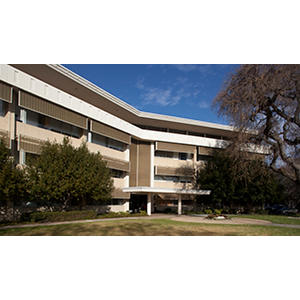
Sara Kibrom, MD
Associate Director, Hypertension Program | Clinical Associate Professor
Pediatric Nephrology
“The best part of my job is my relationships with patients and families.”
My Approach
As a doctor, I truly value my ongoing relationships with the children and families in my care. As families go through ups and downs and face unknowns, Im there for them all along the way. Their trust motivates me to be a better physician and a better personand to go above and beyond to find the very best and latest treatments for their child. Its a wonderful feeling to get a child to a better place.
I always welcome input from parents because they know their children best. I also talk directly with children and ask questions to gain insights into what they understand and how they are feeling.
Kidney diagnoses can be life altering and difficult at first, but as a strong, collective team we are here to guide families through it and provide the very best care available.
Locations

770 Welch Road, Ste 300
Palo Alto, CA 94304
Phone : (650) 721-5807
Fax : (669) 233-2890

1100 Van Ness Ave, 7th Floor
San Francisco, CA 94109
Phone : (844) 733-2762
Fax : (650) 725-7578

1195 West Fremont Avenue
Sunnyvale, CA 94087
Phone : (408) 426-5590
Fax : (650) 233-2890
Conditions
Idiopathic Intracranial Hypertension
Pulmonary Hypertension
Work and Education
Dartmouth Geisel School of Medicine, Lebanon, NH, 06/06/2015
Westchester County Medical Center, Valhalla, NY, 06/30/2018
Stanford University Pediatric Nephrology Fellowship, Stanford, CA, 07/06/2021
Pediatric Nephrology, American Board of Pediatrics, 2022
Pediatrics, American Board of Pediatrics, 2018
Languages
English
Connect with us:
Download our App: